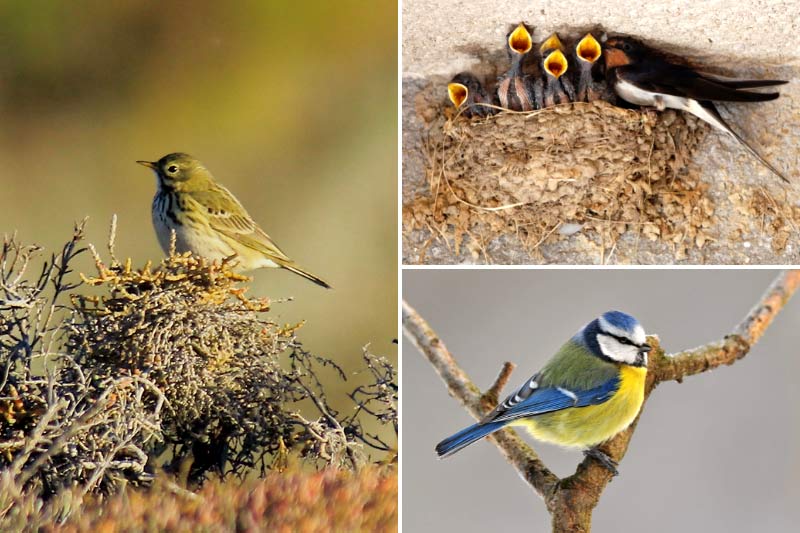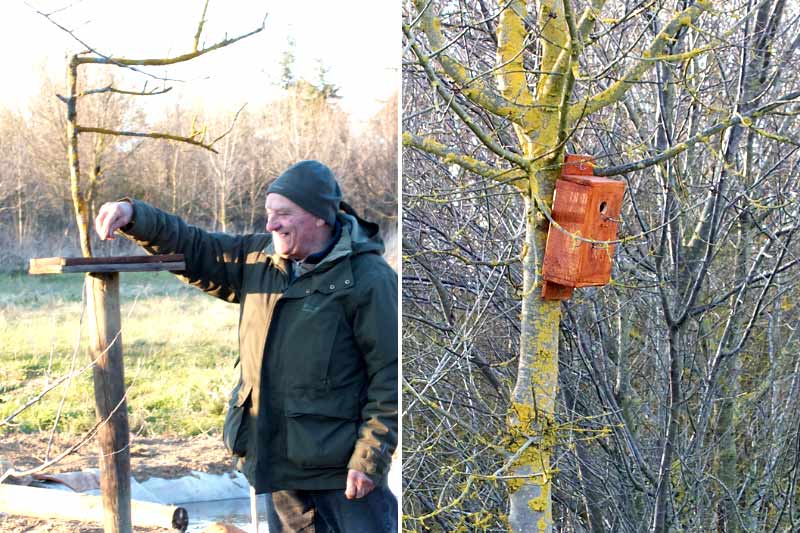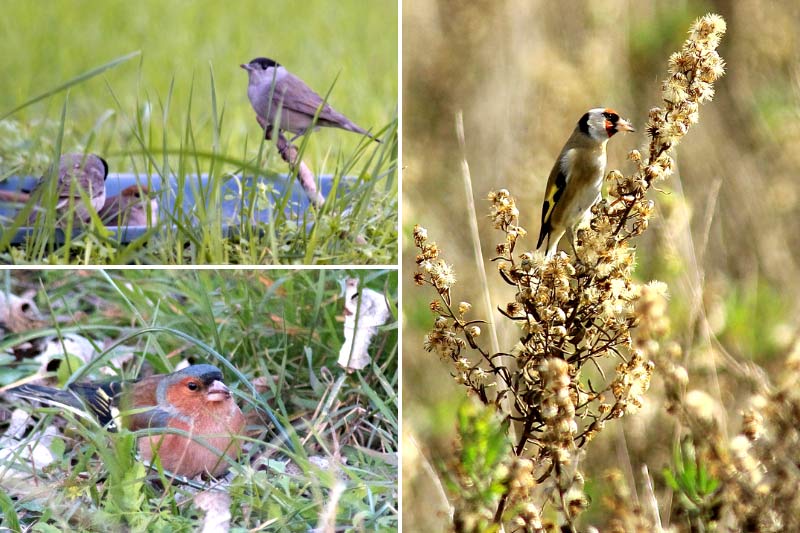The situation is deeply concerning: never has avian life been in such poor condition. According to studies revealed by the L.P.O. on 24 January 2023, the population of common birds in France continues to decline. Based on observations from 85,000 individuals collected during the "Garden Birds" citizen science operations, it is noted that:
- In winter, 49% of bird species are increasing in gardens, 20% are stable, and 11% are declining.
- In spring, the trends reverse: 41% of species are in regression, 24% are stable, and 2% are increasing.
For Allain Bougrain-Dubourg, president of the L.P.O., "even if these seemingly contradictory figures may surprise us, the birds 'from our region' are best observed in spring. The observation is clear, it is an alarming decline, and for some species, a true catastrophe. Furthermore, the bird is an indicator of the state of biodiversity. When it is in decline, the entire suite of mammals - amphibians - reptiles and all biodiversity is also fading. The loss of birds alerts us to the state of all living things."
In light of these alarming, even alarmist, figures, I wanted to discuss them with a field ornithologist to gain his insights and analysis of the situation. Claude Borrel is passionate about feathered creatures and an amateur photographer. Now retired, he has been drawn to the living world since childhood and observes wildlife almost daily. He collaborates with LPO Aude and habitat and species preservation associations for counting, monitoring migrations, and installing nest boxes. He agreed to answer a few questions.
What do you think of the latest figures revealed about the state of bird populations in France, and do you see this degradation in practice?
'To be honest, on the scale of my garden, I don't see much degradation. Year after year, I see roughly the same species, which is quite normal because garden birds are largely fed and thus come where food is available. However, when I walk in nature, the observation is different. It's simple: often we see nothing, not a single bird. No Tree Sparrows, far fewer Great Tits and Blue Tits, and no Finches either. The Common Swifts are in sharp decline, as are the Swallows, many of whose nests are no longer occupied. The Greenfinches and Meadow Pipits are also in noticeable regression.
And when my observations take me to the lagoon and marsh areas of the region, which are refuges for many bird species and an important migratory stopover, my observations vary from year to year, depending on the weather and winds. For example, this year, we observed far fewer White Storks and Cranes than in previous years, likely due to the sea winds pushing them inland, whereas usually, the north-west wind brings them in and concentrates them in these Mediterranean coastal areas. Weather conditions are changing, and the birds are affected.'

What do you think are the causes?
'It's simple, on one hand, there are no more insects, particularly due to pesticides, so birds have significantly less food. Nesting sites have also been destroyed: there are no more hedges or trees in agricultural areas. In populated areas, nests are removed, such as those of swallows or certain owls, because they cause mess, and modern buildings are not conducive to their installation. Birds also suffer from drought, and changing temperatures disrupt migrations.'
What simple measures can everyone take to help bird populations?
''To help birds, we can install nest boxes. It's important to ensure they are properly sized for the different species likely to nest there and placed correctly. For example, Tits can no longer find cavities in trees, and this helps them. It's also essential to clean and empty the nest boxes from one year to the next to encourage birds to return.
In winter, we can feed birds with sunflower seeds and fat balls with seeds. Some birds also enjoy pieces of fruit, like Tits or blackbirds. We must remember to provide them with water all year round, and place feeders and water sources out of reach of cats, which cause significant damage to bird populations. At my place, I hang them in trees or place them on vertically planted posts. To help swallows, we can create small muddy puddles in spring if the ground is too dry so they can build their nests.'

We can also plant evergreen bushes and trees and berry shrubs so they can find shelter and food. Less maintenance in gardens to encourage the insects that serve as their food is also a good solution: leaving wild grasses, dead trees, and small piles of wood. And above all, do not prune trees and hedges during nesting periods.

- Discover our tips to encourage bird nesting in your garden.
Citizen science is also a concrete way to act
To help scientists understand when and why birds visit gardens, everyone's observations are valuable.
On Saturday 28 and Sunday 29 January 2023, it is the winter edition of the national garden bird count for wintering birds, organised by the LPO and the National Museum of Natural History, with the next one taking place in spring on the last weekend of May for breeding birds. Everyone can participate:
- Choose a day for observation, either Saturday 28 or Sunday 29 January, and a one-hour time slot, preferably when birds are most active, late morning or early afternoon.
- Find a place to observe, which can be your garden or balcony, in the city or countryside. A public park can also serve as a good observation spot.
- Count and note all the birds that land in your garden for one hour and not those flying over. You will record the maximum number of individuals of each species observed during this time slot. (Do not count the same individuals multiple times if they move or make return trips). To recognise them more easily, fact sheets are available for download on the Observatory's website, along with a counting aid sheet.
- Then submit your data on the Garden Birds Observatory website: oiseauxdesjardins.fr. You will also find valuable nest box tips and feeder tips.
If you are passionate about birds and wish to collaborate more regularly, you can observe and count them whenever you like: every day, once a month, or occasionally, as the Observatory operates year-round.































Comments